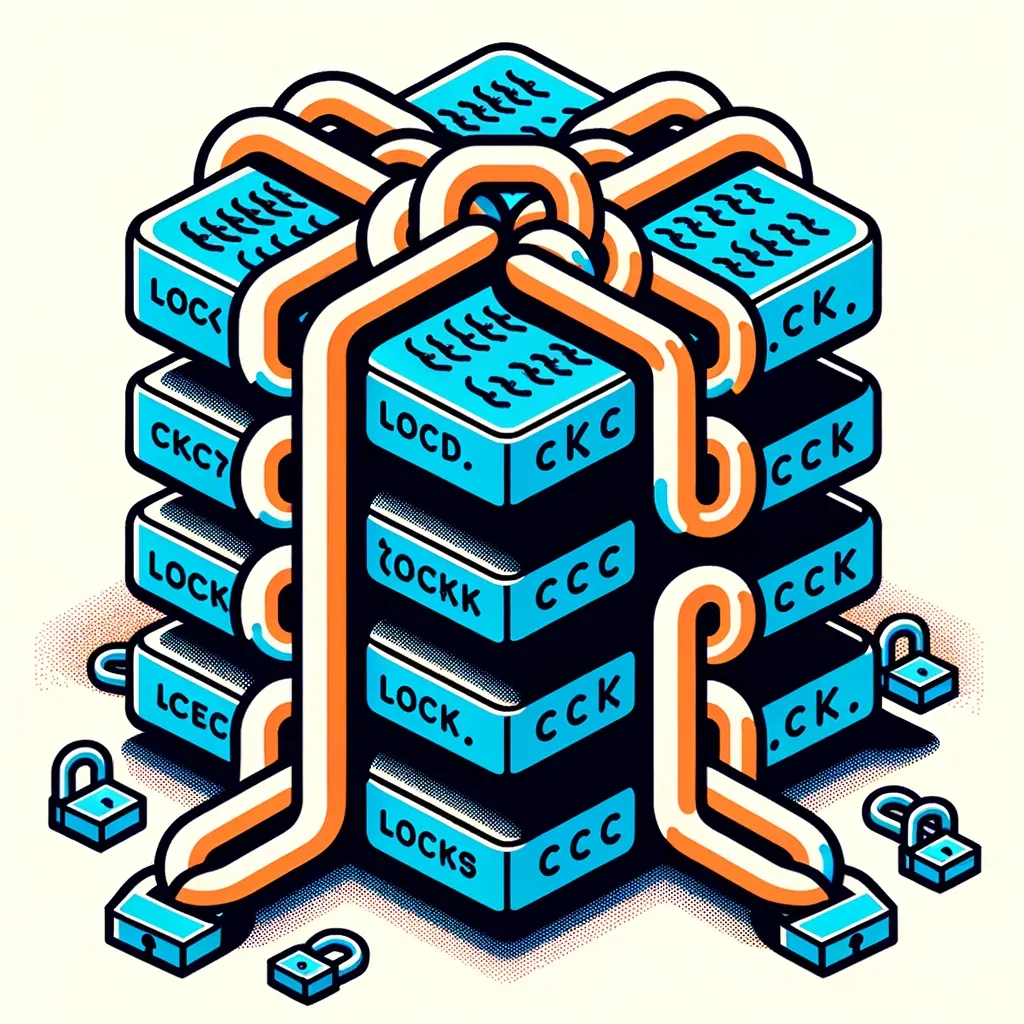Amazon VPC
Date: 2023-10-08T00:00:00.000Z
Introduction to Amazon VPC
If you prefer, you can watch the video on YouTube
Introduction
Amazon Virtual Private Cloud (Amazon VPC) allows you to provision a logically isolated section of the Amazon Web Services (AWS) Cloud where you can launch AWS resources in a virtual network that you define. The main purpose of this service is to offer a customizable cloud computing environment that matches the user’s unique security and networking requirements.
Features: https://aws.amazon.com/vpc/features/
FAQ: https://aws.amazon.com/vpc/faqs/
Pricing: https://aws.amazon.com/vpc/pricing/
Docs: https://docs.aws.amazon.com/vpc/
Use Cases

Hosted Web Applications
You can utilize VPC to host scalable web applications. Leveraging the Elastic Load Balancing and Auto Scaling features within the VPC environment ensures consistent application performance.

Multi-Tier Architectures
Amazon VPC can be set up with multiple subnets, commonly split into different tiers (such as Web, Application, and Database tiers). This multi-tier architecture offers better isolation, security, and scalability.

Hybrid Cloud Solutions
VPC provides a dedicated connection from an on-premises data center to the AWS cloud. This is crucial for businesses that have a combination of cloud and on-premises infrastructure, facilitating seamless data transfer.

Secure Data Storage
Using VPC in conjunction with Amazon RDS or S3 allows you to create private, encrypted data storage solutions that are shielded from the public internet.
-
https://docs.aws.amazon.com/vpc/latest/privatelink/what-is-privatelink.html
-
https://docs.aws.amazon.com/vpc/latest/userguide/data-protection.html
-
https://docs.aws.amazon.com/vpc/latest/userguide/vpc-security-groups.html

Dev/Test Environments
You can quickly spin up and tear down dev/test environments within VPC. It ensures separation from the production environment, mitigating risks.

Big Data and Analytics
VPC is foundational for running Big Data platforms like Amazon EMR. It provides the required networking and security for large-scale data processing tasks.
Strengths

Isolation & Security
One of the biggest strengths of Amazon VPC is its ability to create isolated network environments, giving you confidence in the security of your data and applications.
-
https://docs.aws.amazon.com/vpc/latest/userguide/security.html
-
https://docs.aws.amazon.com/vpc/latest/mirroring/what-is-traffic-mirroring.html
-
https://docs.aws.amazon.com/vpc/latest/privatelink/what-is-privatelink.html
-
https://docs.aws.amazon.com/vpc/latest/peering/what-is-vpc-peering.html

Customizability
VPC’s primary strength is its customizable nature, allowing users to define their own IP address ranges, create subnets, and configure route tables and network gateways.
-
https://docs.aws.amazon.com/vpc/latest/userguide/vpc-ip-addressing.html
-
https://docs.aws.amazon.com/vpc/latest/userguide/configure-subnets.html
-
https://docs.aws.amazon.com/vpc/latest/userguide/extend-intro.html

Security
It integrates with AWS Identity and Access Management (IAM) and provides multiple layers of security features such as security groups, network access control lists, and VPN connections.
-
https://docs.aws.amazon.com/vpc/latest/userguide/security.html
-
https://docs.aws.amazon.com/vpc/latest/userguide/monitoring.html
Weaknesses

Complexity
For those new to AWS or networking, setting up a VPC correctly can be complex and may require a steeper learning curve.

Data Transfer Costs
Although VPC itself doesn’t have any additional costs, transferring data out of the VPC (especially in large volumes) can become expensive.

Regional Constraints
VPCs are region-specific, meaning resources in one VPC cannot directly communicate with resources in another region’s VPC without additional configurations.
Mistakes

Misconfiguration of Security Groups and Overly Permissive Access
One of the most common mistakes is incorrectly setting up security groups, which can either expose your resources to unwanted traffic or block necessary communication.

Not Using Private and Public Subnets Effectively
Failing to separate resources that should be public-facing from those that should remain private can pose serious security risks.

Not Monitoring VPC Flow Logs
Neglecting to monitor VPC flow logs can mean missing out on valuable insights about the traffic going in and out of the VPC, making it harder for you to diagnose issues or detect suspicious activity.

Hardcoding Configuration
Rather than using tools like AWS CloudFormation, manually hardcoding configurations can lead to inconsistencies and management challenges in the long run.
I hope you find this overview useful!
Did you like it? Too long? Too short? Something is missing?
Please let me know with a comment! 🙏
Your feedback is truly precious to me 😊
Leave a comment